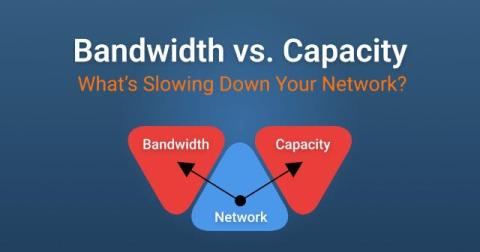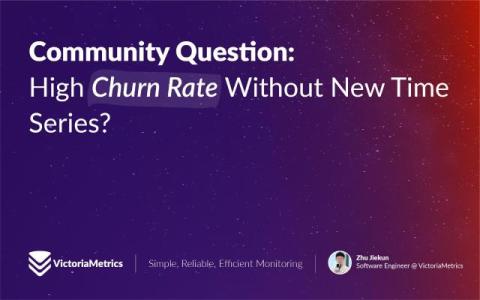Top Ways to Implement AI in Consulting Companies
Artificial intelligence (AI) is rapidly transforming industries across the globe, and consulting is no exception. For consulting firms, the adoption of AI isn't just a trend—it's a powerful tool that can drive efficiency, enhance decision-making, and deliver greater value to clients. From automating routine tasks to providing deeper insights through data analytics, AI can redefine how consulting companies operate.











